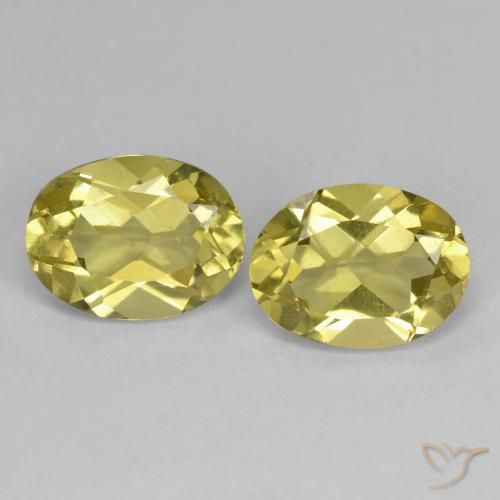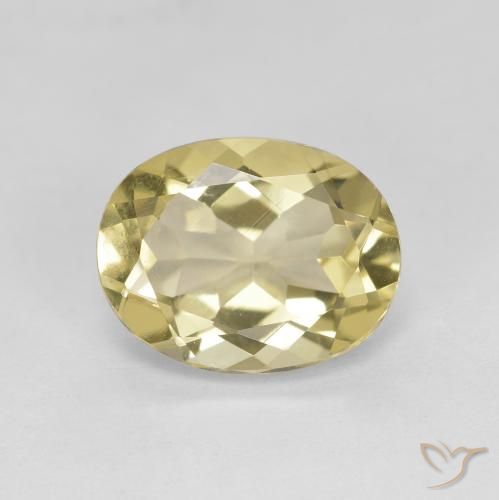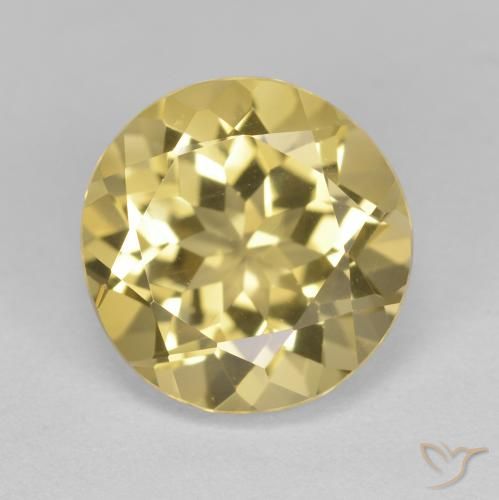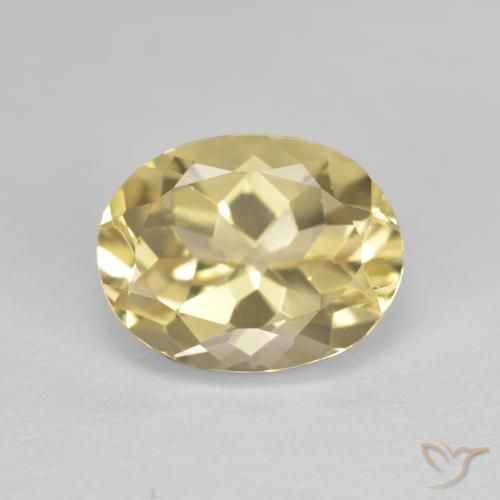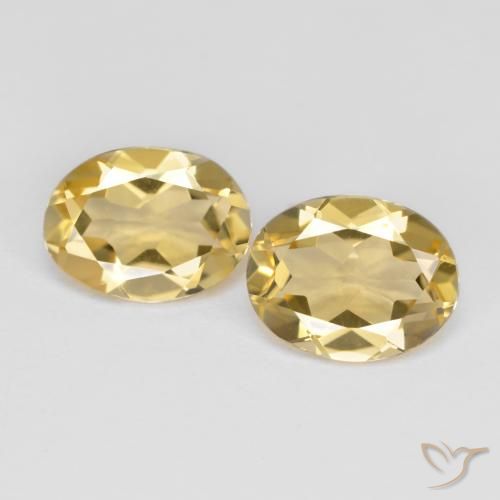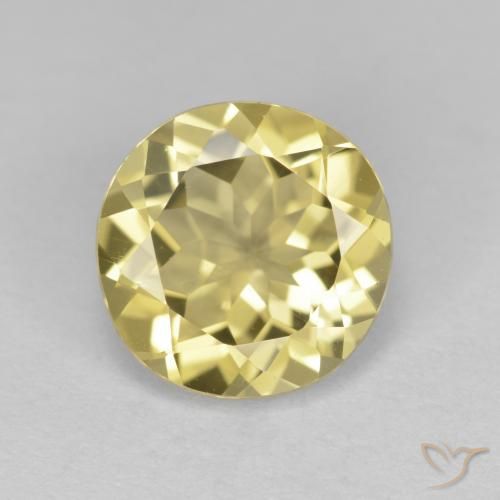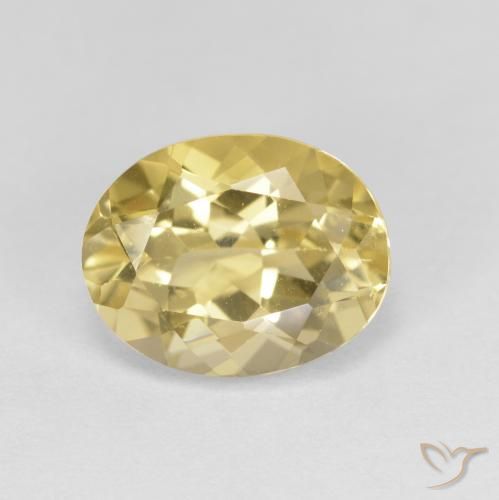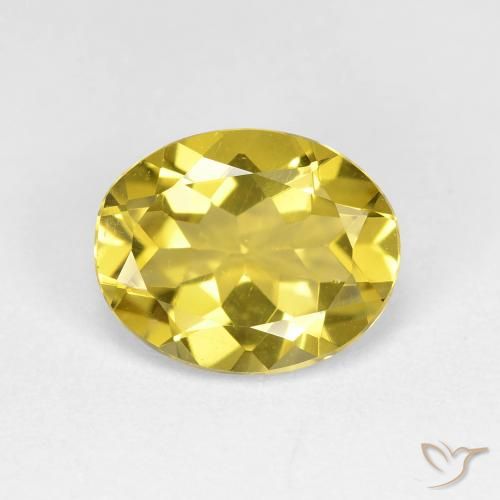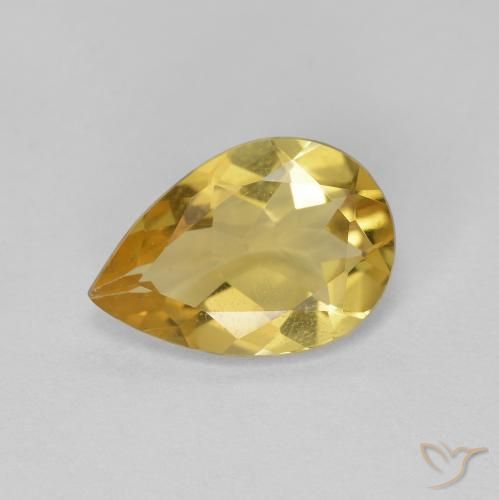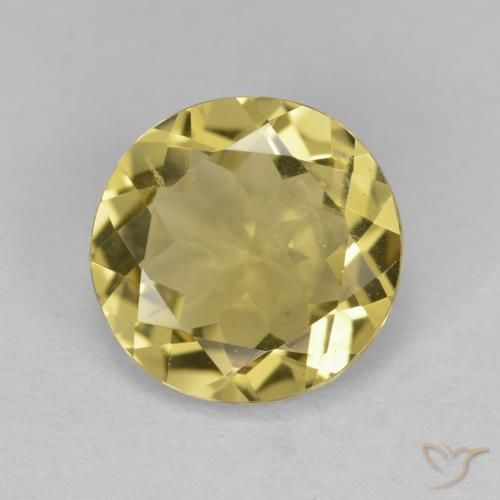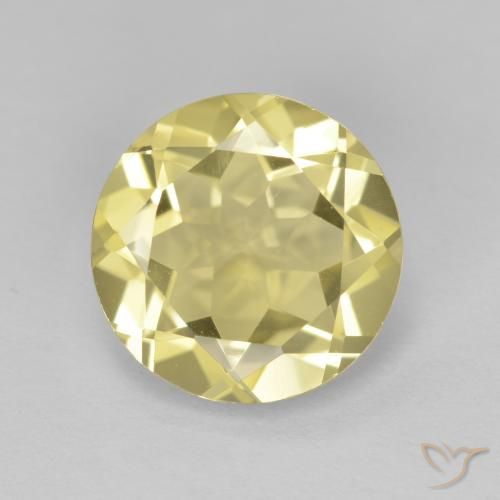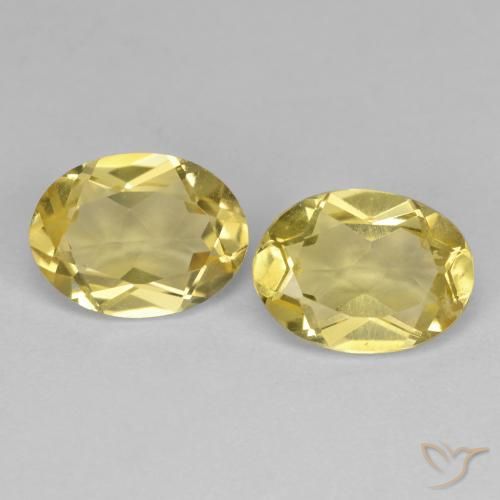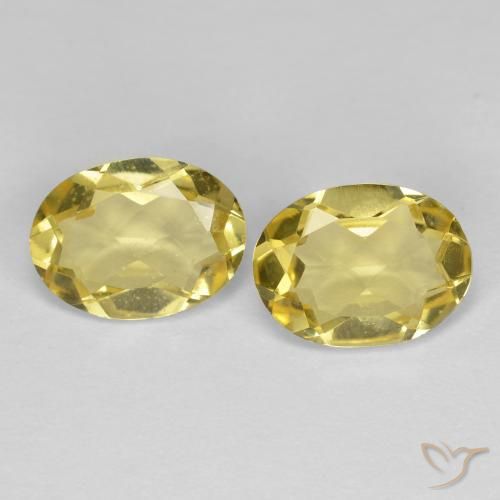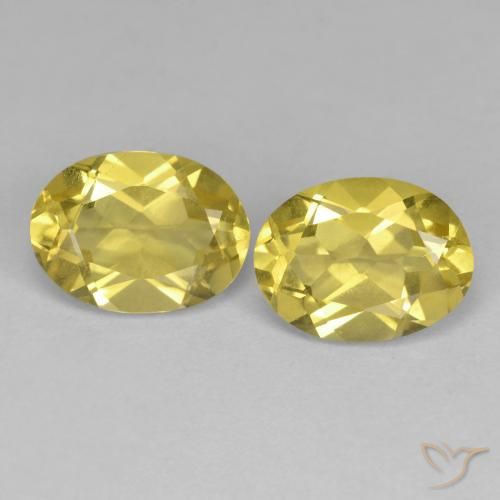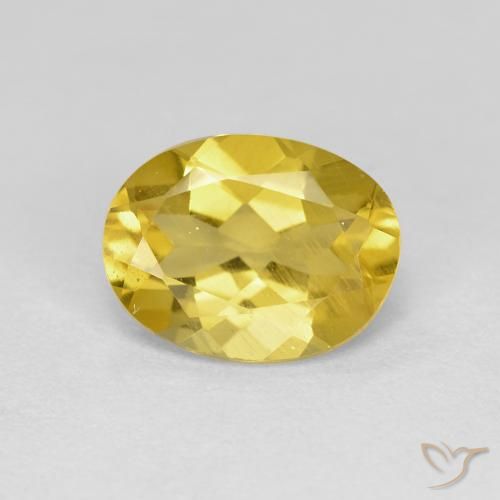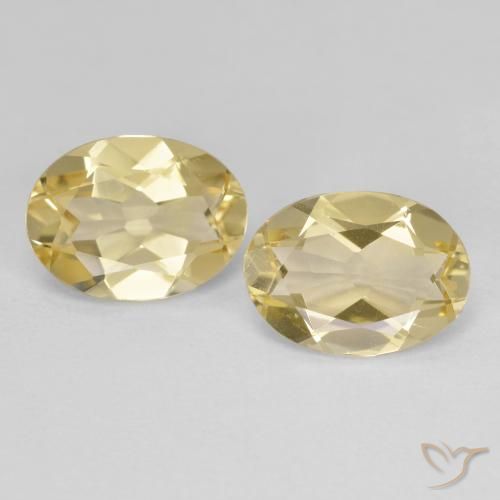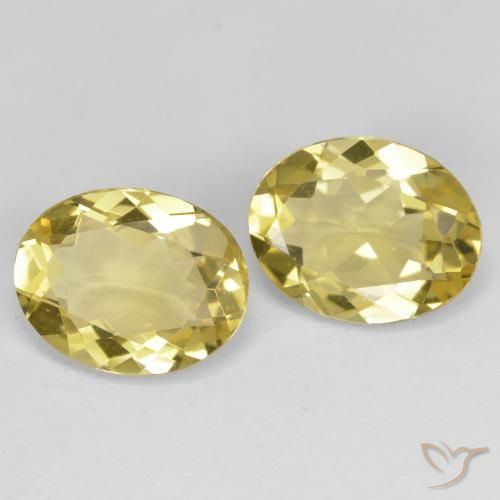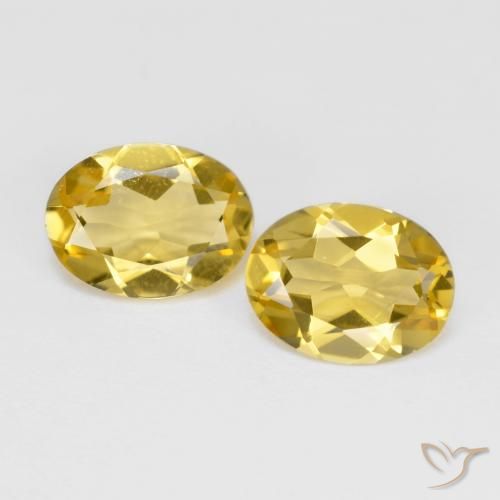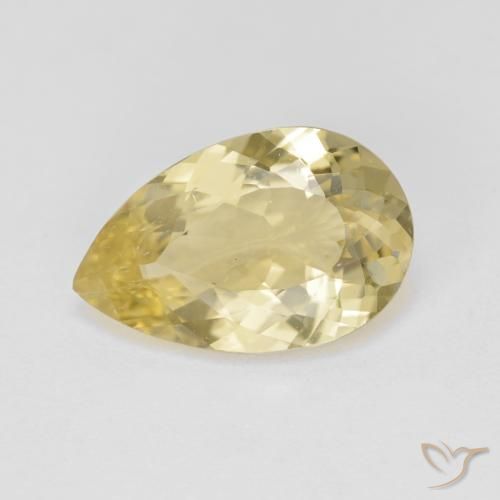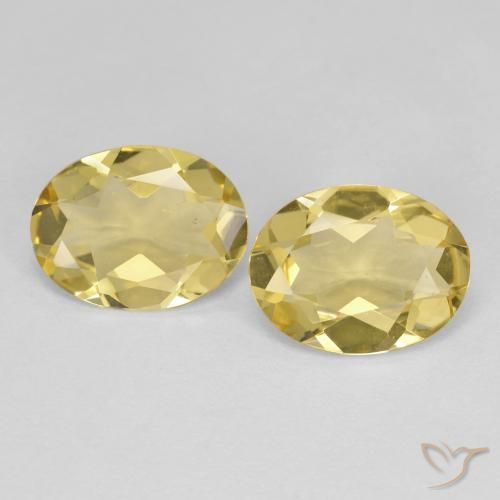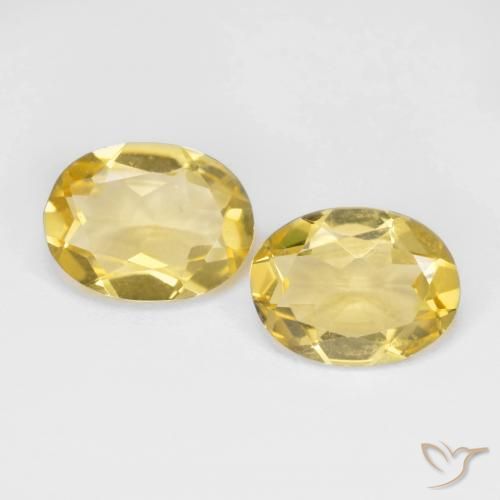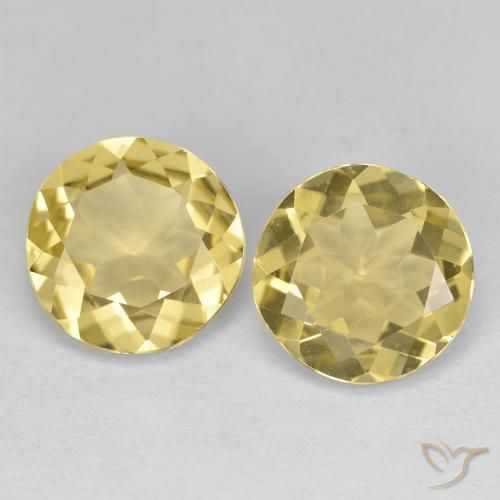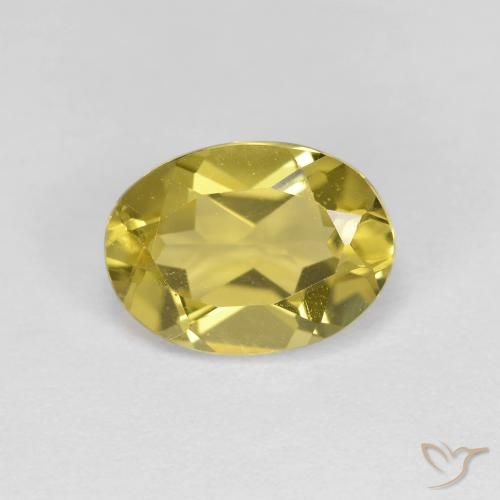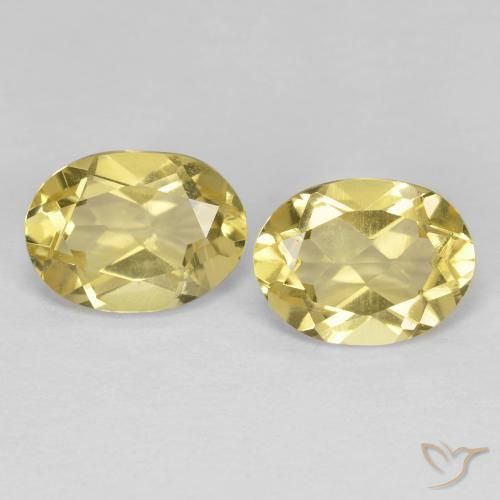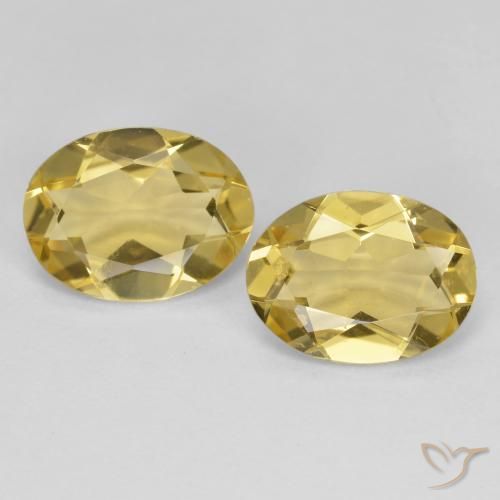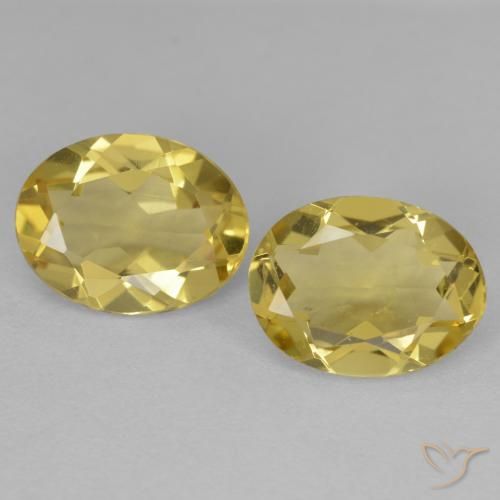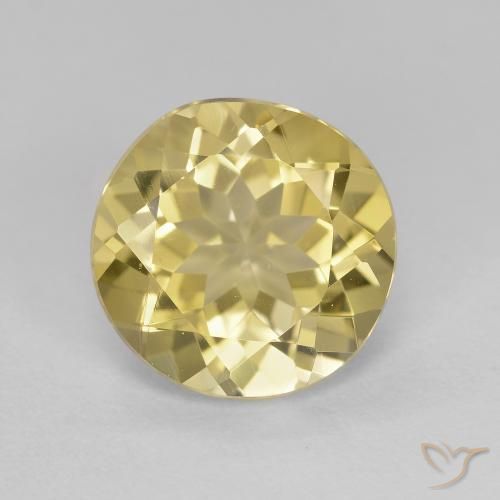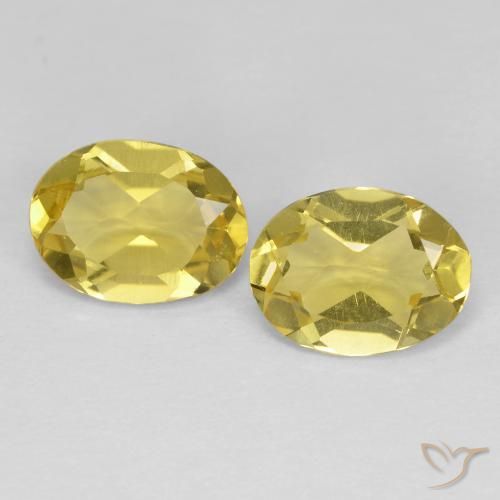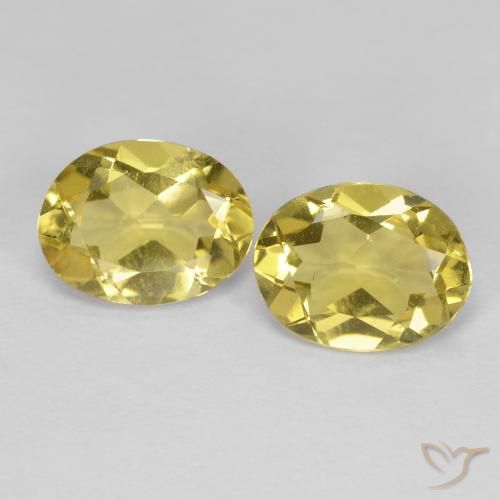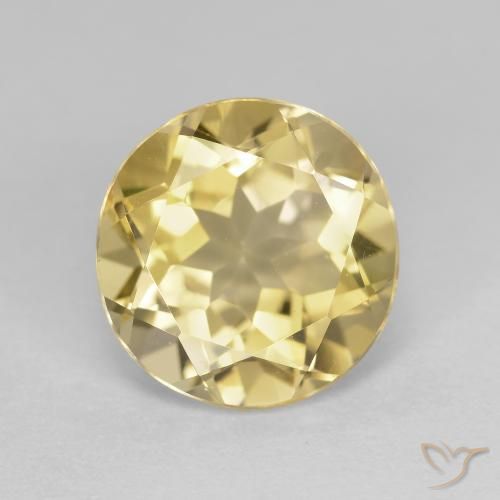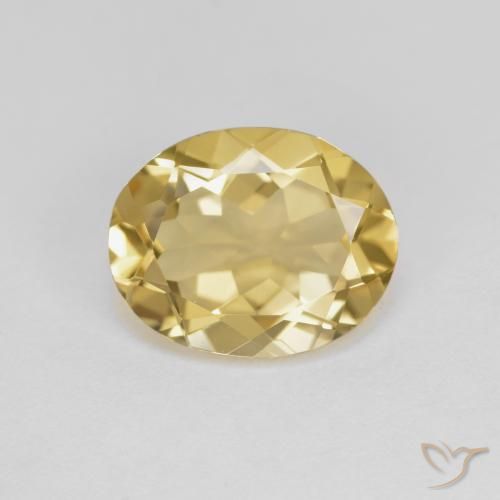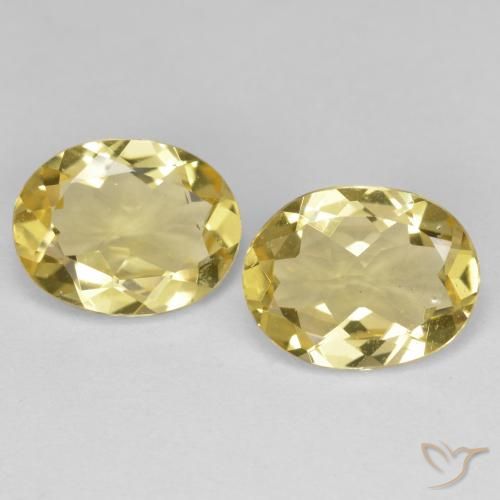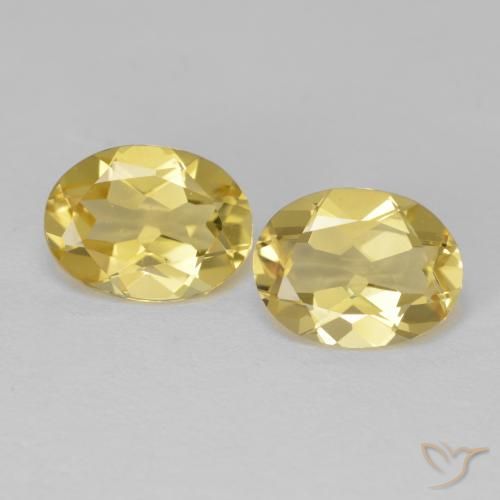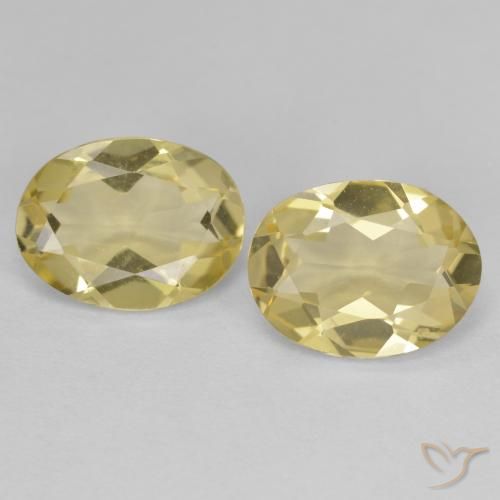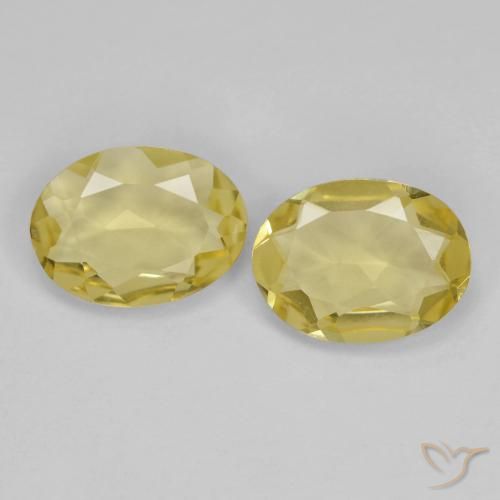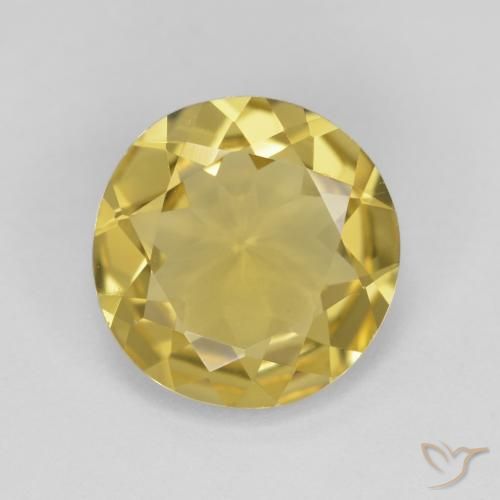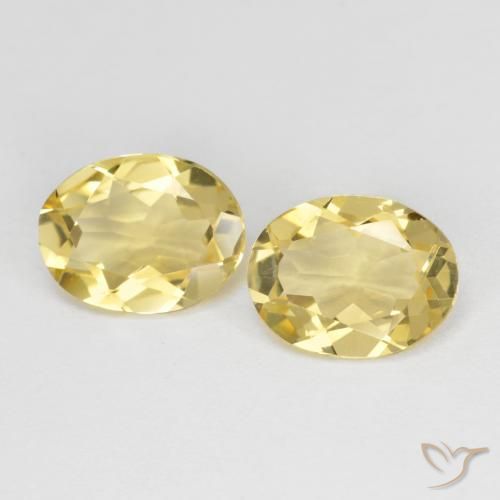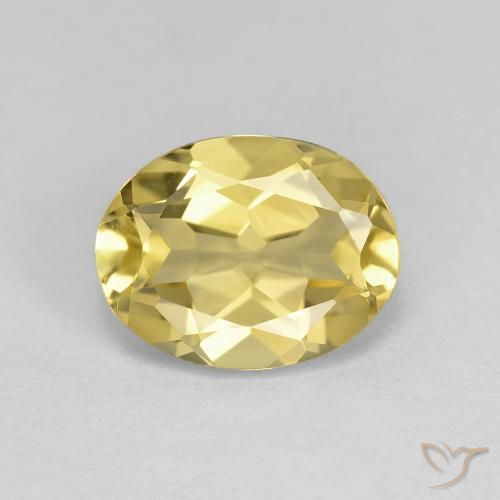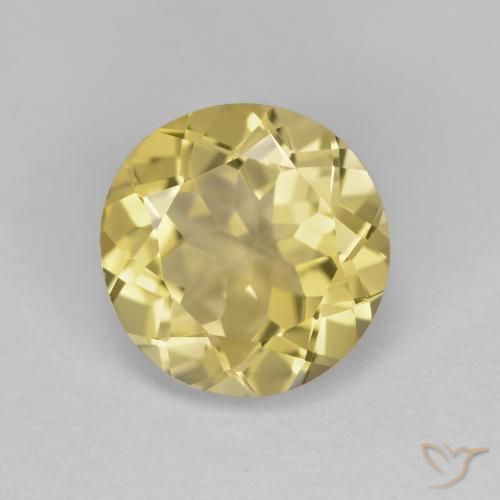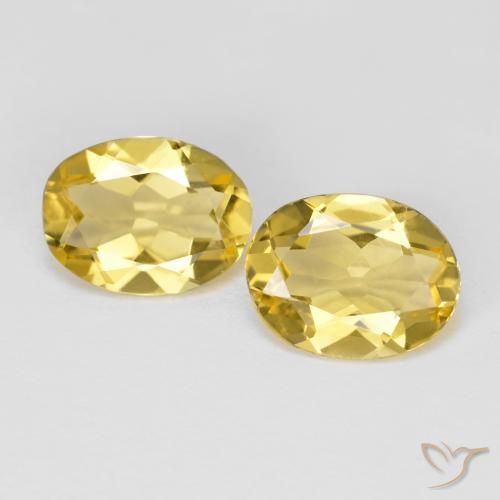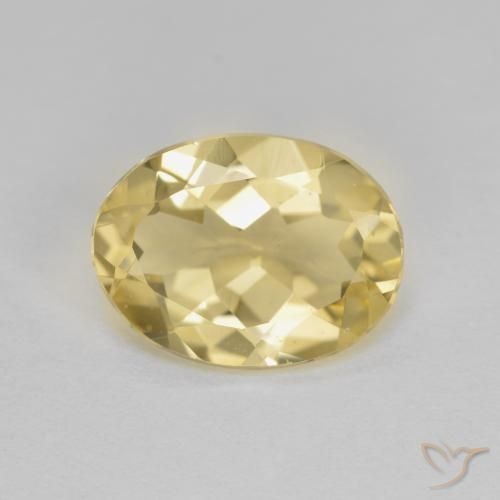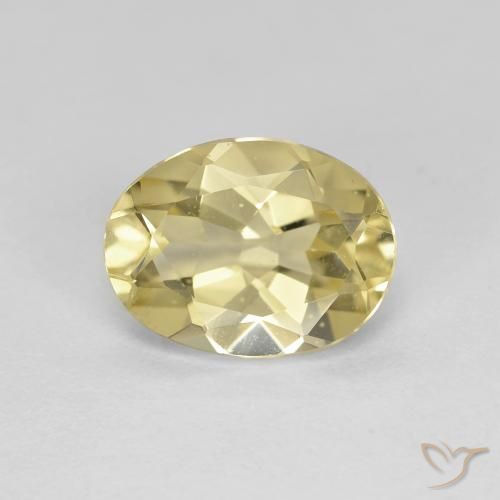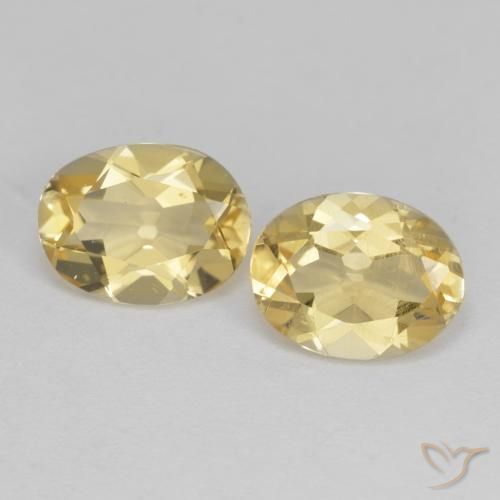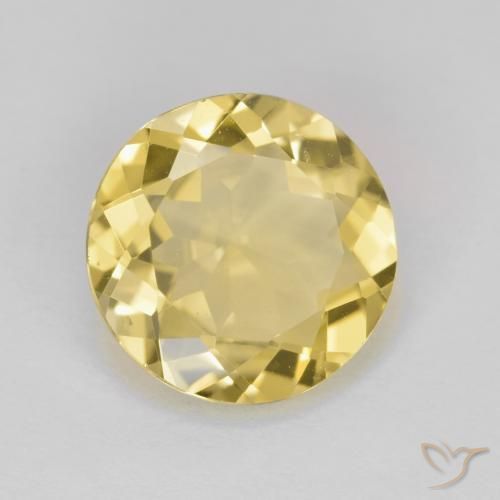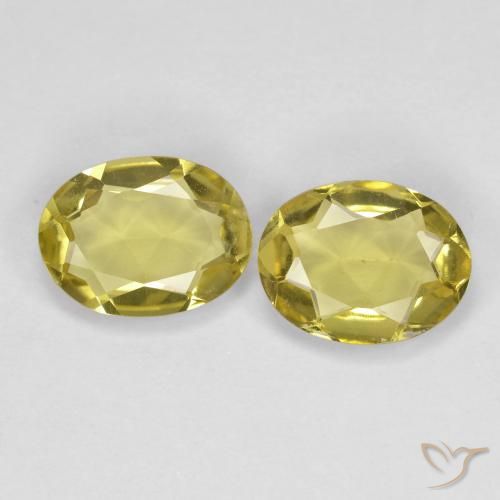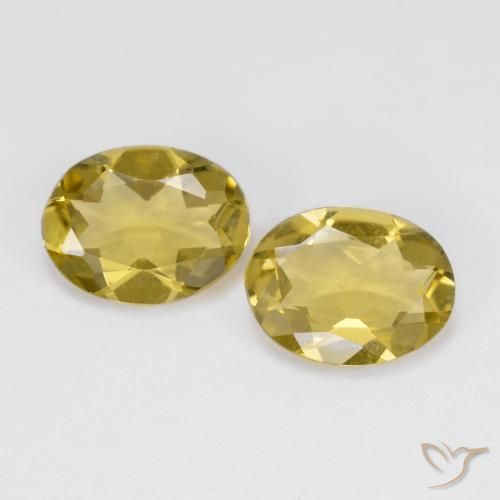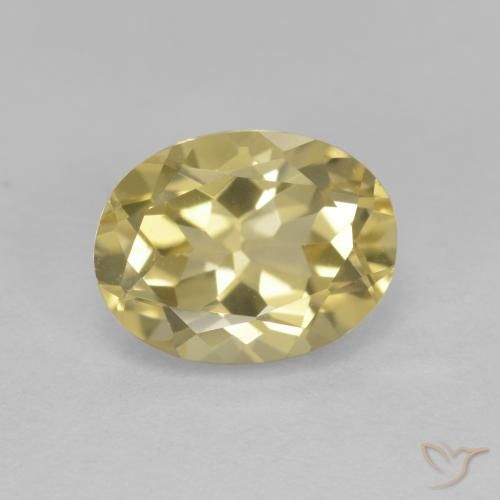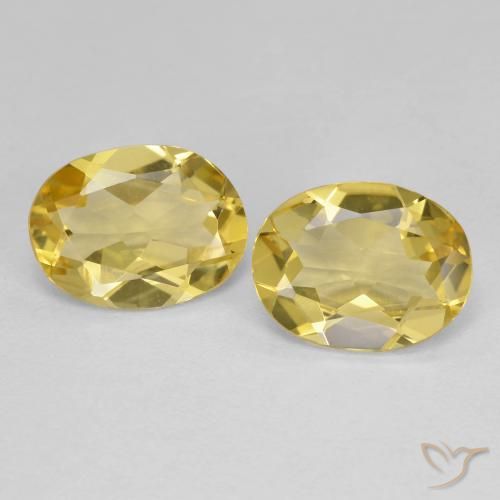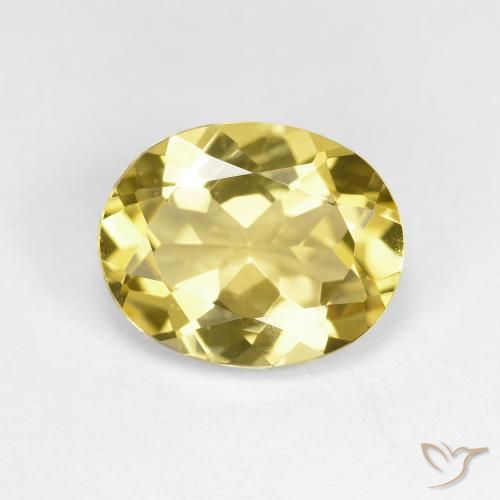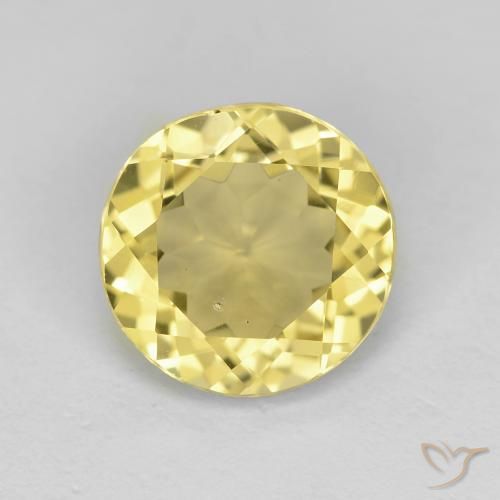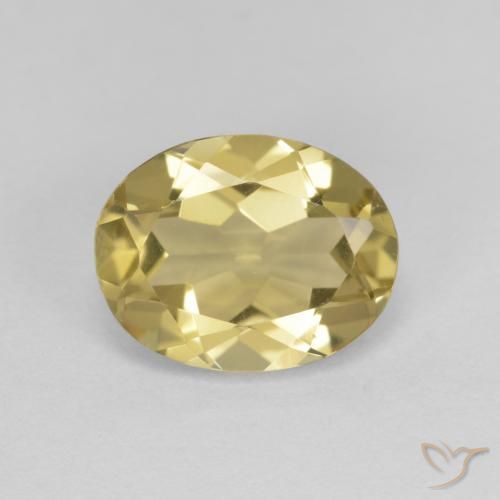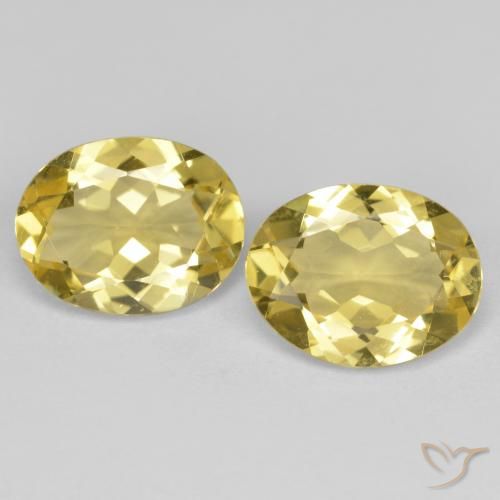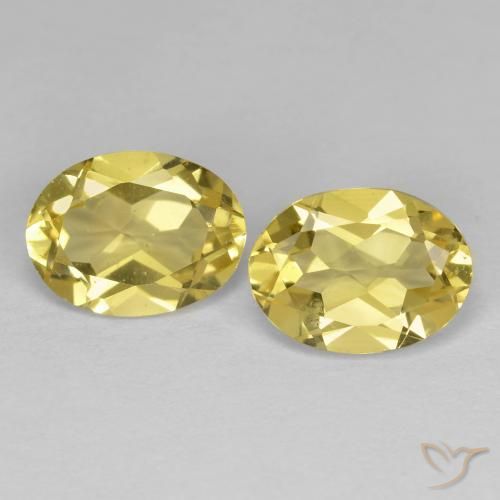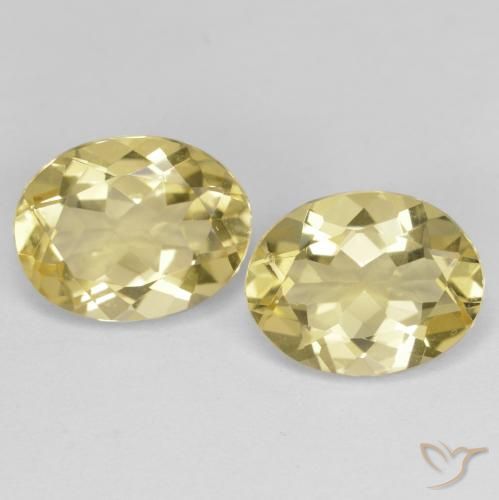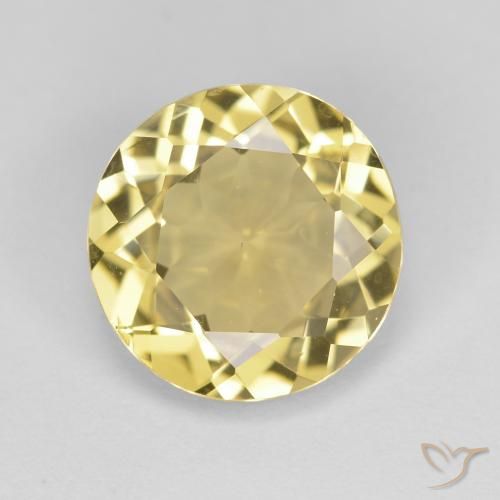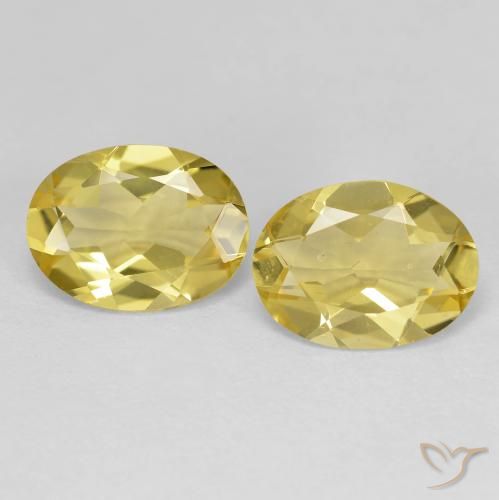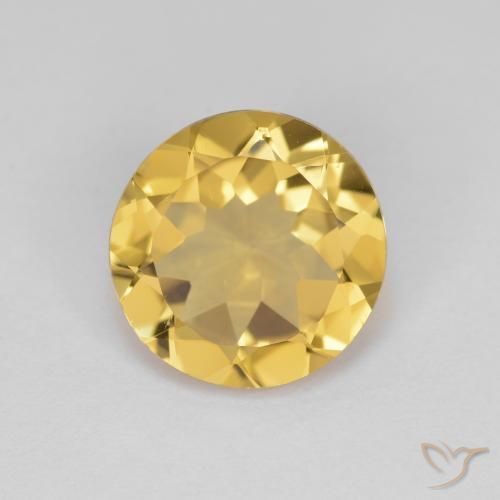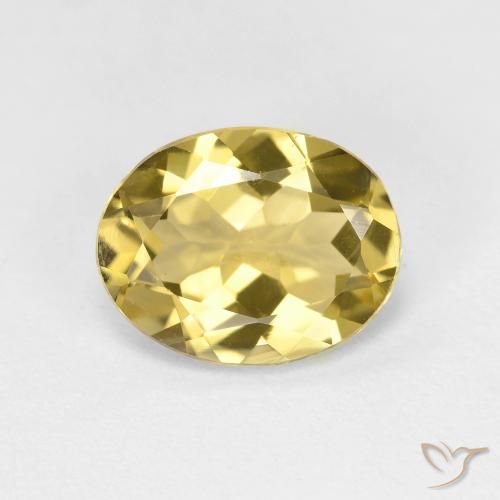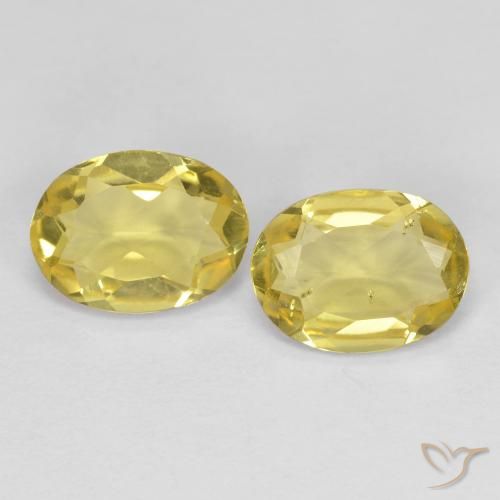Buy Beryl Gemstones
Bi-color
Black
Blue
Brown
Golden Beryl Gemstones
Gray
Green
Multicolor
Orange
Pink
Purple
Red
Turquoise
Violet
White
Yellow Beryl Gemstones
Clear Colors
Single
Pairs
Lots
Faceted
Cabochons
Showing results for
Sort By:
Price - High to Low
Price - Low to High
Size - Largest to Smallest
Size - Smallest to Largest
Weight - High to Low
Weight - Low to High
Clear All
ID:
609088
Weight:
2.39ct (total)
Size:
8 x 6 mm (calibrated)
Clarity:
VS
Content:
2 pcs
Price:
$
78.88
Item in Stock
More Options & Item Details
ID:
619781
Weight:
2.53ct
Size:
10 x 8 mm (calibrated)
Clarity:
VVS
Content:
1 pc
Price:
$
83.50
Item in Stock
More Options & Item Details
ID:
603193
Weight:
2.66ct
Size:
9 mm (calibrated)
Clarity:
VVS
Content:
1 pc
Price:
$
77.24
Item in Stock
More Options & Item Details
ID:
619118
Weight:
2.51ct
Size:
10 x 8 mm (calibrated)
Clarity:
VVS
Content:
1 pc
Price:
$
82.84
Item in Stock
More Options & Item Details
ID:
589834
Weight:
2.65ct
Size:
10 x 8 mm (calibrated)
Clarity:
VVS
Content:
1 pc
Price:
$
79.90
Item in Stock
More Options & Item Details
ID:
574760
Weight:
3.29ct (total)
Size:
9 x 7 mm (calibrated)
Clarity:
VVS-VS
Content:
2 pcs
Price:
$
86.86
Item in Stock
More Options & Item Details
ID:
587114
Weight:
2.85ct
Size:
10 mm (calibrated)
Clarity:
VVS
Content:
1 pc
Price:
$
75.24
Item in Stock
More Options & Item Details
ID:
618139
Weight:
2.76ct
Size:
10 x 8 mm (calibrated)
Clarity:
VVS-VS
Content:
1 pc
Price:
$
91.08
Item in Stock
More Options & Item Details
ID:
619125
Weight:
2.09ct
Size:
10 x 8 mm (calibrated)
Clarity:
VVS-VS
Content:
1 pc
Price:
$
57.48
Item in Stock
More Options & Item Details
ID:
604035
Weight:
1.45ct
Size:
10 x 7 mm (calibrated)
Clarity:
VS
Content:
1 pc
Price:
$
42.11
Item in Stock
More Options & Item Details
ID:
587110
Weight:
2.90ct
Size:
10 mm (calibrated)
Clarity:
VS
Content:
1 pc
Price:
$
76.56
Item in Stock
More Options & Item Details
ID:
589779
Weight:
3.06ct
Size:
10 mm (calibrated)
Clarity:
VVS-VS
Content:
1 pc
Price:
$
76.88
Item in Stock
More Options & Item Details
ID:
609093
Weight:
2.19ct (total)
Size:
8 x 6 mm (calibrated)
Clarity:
VS
Content:
2 pcs
Price:
$
65.70
Item in Stock
More Options & Item Details
ID:
608205
Weight:
2.04ct (total)
Size:
8 x 6 mm (calibrated)
Clarity:
VVS-VS
Content:
2 pcs
Price:
$
67.32
Item in Stock
More Options & Item Details
ID:
609096
Weight:
2.35ct (total)
Size:
8 x 6 mm (calibrated)
Clarity:
VS
Content:
2 pcs
Price:
$
77.56
Item in Stock
More Options & Item Details
ID:
603845
Weight:
1.72ct
Size:
9 x 7 mm (calibrated)
Clarity:
VS
Content:
1 pc
Price:
$
49.94
Item in Stock
More Options & Item Details
ID:
595204
Weight:
3.02ct (total)
Size:
9.2 x 6.7 mm
Clarity:
VS
Content:
2 pcs
Price:
$
79.73
Item in Stock
More Options & Item Details
ID:
618135
Weight:
4.34ct (total)
Size:
10 x 8 mm (calibrated)
Clarity:
VVS-VS
Content:
2 pcs
Price:
$
143.22
Item in Stock
More Options & Item Details
ID:
574768
Weight:
2.92ct (total)
Size:
9 x 7 mm (calibrated)
Clarity:
VS
Content:
2 pcs
Price:
$
77.09
Item in Stock
More Options & Item Details
ID:
575430
Weight:
3.20ct
Size:
14 x 9 mm (calibrated)
Clarity:
VS-SI
Content:
1 pc
Price:
$
92.93
Item in Stock
More Options & Item Details
ID:
604669
Weight:
2.67ct (total)
Size:
9 x 7 mm (calibrated)
Clarity:
VS
Content:
2 pcs
Price:
$
70.49
Item in Stock
More Options & Item Details
ID:
574766
Weight:
2.92ct (total)
Size:
9 x 7 mm (calibrated)
Clarity:
VS
Content:
2 pcs
Price:
$
77.09
Item in Stock
More Options & Item Details
ID:
602202
Weight:
3.15ct (total)
Size:
8 mm (calibrated)
Clarity:
VVS-VS
Content:
2 pcs
Price:
$
104.82
Item in Stock
More Options & Item Details
ID:
608473
Weight:
1.33ct
Size:
8 x 6 mm (calibrated)
Clarity:
VS
Content:
1 pc
Price:
$
43.90
Item in Stock
More Options & Item Details
ID:
608198
Weight:
2.34ct (total)
Size:
8 x 6 mm (calibrated)
Clarity:
VS
Content:
2 pcs
Price:
$
70.20
Item in Stock
More Options & Item Details
ID:
595286
Weight:
2.71ct (total)
Size:
9 x 7 mm (calibrated)
Clarity:
VVS-VS
Content:
2 pcs
Price:
$
71.54
Item in Stock
More Options & Item Details
ID:
604474
Weight:
3.26ct (total)
Size:
9 x 7 mm (calibrated)
Clarity:
VS
Content:
2 pcs
Price:
$
94.67
Item in Stock
More Options & Item Details
ID:
595025
Weight:
2.55ct
Size:
9 mm (calibrated)
Clarity:
VVS
Content:
1 pc
Price:
$
56.10
Item in Stock
More Options & Item Details
ID:
608202
Weight:
2.16ct (total)
Size:
8 x 6 mm (calibrated)
Clarity:
VS
Content:
2 pcs
Price:
$
71.28
Item in Stock
More Options & Item Details
ID:
608199
Weight:
2.06ct (total)
Size:
8 x 6 mm (calibrated)
Clarity:
VS
Content:
2 pcs
Price:
$
67.98
Item in Stock
More Options & Item Details
ID:
595026
Weight:
2.70ct
Size:
9 mm (calibrated)
Clarity:
VVS
Content:
1 pc
Price:
$
71.28
Item in Stock
More Options & Item Details
ID:
575437
Weight:
3.11ct
Size:
11 x 9 mm (calibrated)
Clarity:
VVS
Content:
1 pc
Price:
$
90.31
Item in Stock
More Options & Item Details
ID:
618131
Weight:
3.95ct (total)
Size:
10 x 8 mm (calibrated)
Clarity:
VVS
Content:
2 pcs
Price:
$
130.36
Item in Stock
More Options & Item Details
ID:
574614
Weight:
3.13ct (total)
Size:
9 x 7 mm (calibrated)
Clarity:
VVS-VS
Content:
2 pcs
Price:
$
82.63
Item in Stock
More Options & Item Details
ID:
604136
Weight:
2.89ct (total)
Size:
9 x 7 mm (calibrated)
Clarity:
VVS-VS
Content:
2 pcs
Price:
$
83.93
Item in Stock
More Options & Item Details
ID:
609087
Weight:
1.84ct (total)
Size:
8 x 6 mm (calibrated)
Clarity:
VVS-VS
Content:
2 pcs
Price:
$
60.72
Item in Stock
More Options & Item Details
ID:
589771
Weight:
2.86ct
Size:
10 mm (calibrated)
Clarity:
VVS
Content:
1 pc
Price:
$
86.22
Item in Stock
More Options & Item Details
ID:
574611
Weight:
2.98ct (total)
Size:
9 x 7 mm (calibrated)
Clarity:
VVS-VS
Content:
2 pcs
Price:
$
78.67
Item in Stock
More Options & Item Details
ID:
603854
Weight:
1.98ct
Size:
9 x 7 mm (calibrated)
Clarity:
VVS
Content:
1 pc
Price:
$
57.50
Item in Stock
More Options & Item Details
ID:
595023
Weight:
2.39ct
Size:
9 mm (calibrated)
Clarity:
VVS
Content:
1 pc
Price:
$
63.10
Item in Stock
More Options & Item Details
ID:
574763
Weight:
3.04ct (total)
Size:
9 x 7 mm (calibrated)
Clarity:
VS
Content:
2 pcs
Price:
$
80.26
Item in Stock
More Options & Item Details
ID:
576168
Weight:
1.73ct
Size:
10 x 7.5 mm
Clarity:
VVS-VS
Content:
1 pc
Price:
$
50.24
Item in Stock
More Options & Item Details
ID:
603850
Weight:
1.60ct
Size:
9 x 7 mm (calibrated)
Clarity:
VVS
Content:
1 pc
Price:
$
42.24
Item in Stock
More Options & Item Details
ID:
574616
Weight:
3.38ct (total)
Size:
9 x 7 mm (calibrated)
Clarity:
VS
Content:
2 pcs
Price:
$
74.36
Item in Stock
More Options & Item Details
ID:
576164
Weight:
2.73ct
Size:
10 mm (calibrated)
Clarity:
VVS-VS
Content:
1 pc
Price:
$
79.28
Item in Stock
More Options & Item Details
ID:
608195
Weight:
1.90ct (total)
Size:
8 x 6 mm (calibrated)
Clarity:
VS
Content:
2 pcs
Price:
$
62.70
Item in Stock
More Options & Item Details
ID:
574765
Weight:
2.79ct (total)
Size:
9 x 7 mm (calibrated)
Clarity:
VS
Content:
2 pcs
Price:
$
73.66
Item in Stock
More Options & Item Details
ID:
604481
Weight:
1.93ct
Size:
9 x 7 mm (calibrated)
Clarity:
VVS-VS
Content:
1 pc
Price:
$
50.95
Item in Stock
More Options & Item Details
ID:
604671
Weight:
2.98ct (total)
Size:
9 x 7 mm (calibrated)
Clarity:
VVS-VS
Content:
2 pcs
Price:
$
86.54
Item in Stock
More Options & Item Details
ID:
619123
Weight:
2.19ct
Size:
10 x 8 mm (calibrated)
Clarity:
VVS-VS
Content:
1 pc
Price:
$
72.28
Item in Stock
More Options & Item Details
ID:
603008
Weight:
2.23ct
Size:
9 mm (calibrated)
Clarity:
VVS-VS
Content:
1 pc
Price:
$
64.76
Item in Stock
More Options & Item Details
ID:
603744
Weight:
1.78ct
Size:
9 x 7 mm (calibrated)
Clarity:
VVS-VS
Content:
1 pc
Price:
$
51.70
Item in Stock
More Options & Item Details
ID:
618132
Weight:
3.93ct (total)
Size:
10 x 8 mm (calibrated)
Clarity:
VVS-VS
Content:
2 pcs
Price:
$
117.90
Item in Stock
More Options & Item Details
ID:
608204
Weight:
2.43ct (total)
Size:
8 x 6 mm (calibrated)
Clarity:
VS
Content:
2 pcs
Price:
$
72.90
Item in Stock
More Options & Item Details
ID:
618136
Weight:
4.36ct (total)
Size:
10 x 8 mm (calibrated)
Clarity:
VVS-VS
Content:
2 pcs
Price:
$
143.88
Item in Stock
More Options & Item Details
ID:
603191
Weight:
2.09ct
Size:
9 mm (calibrated)
Clarity:
VVS
Content:
1 pc
Price:
$
60.70
Item in Stock
More Options & Item Details
ID:
604660
Weight:
2.77ct (total)
Size:
9 x 7 mm (calibrated)
Clarity:
VVS-VS
Content:
2 pcs
Price:
$
80.44
Item in Stock
More Options & Item Details
ID:
575409
Weight:
2.80ct
Size:
10 mm (calibrated)
Clarity:
VVS
Content:
1 pc
Price:
$
81.31
Item in Stock
More Options & Item Details
ID:
619121
Weight:
1.99ct
Size:
10 x 8 mm (calibrated)
Clarity:
VVS-VS
Content:
1 pc
Price:
$
65.68
Item in Stock
More Options & Item Details
ID:
608197
Weight:
1.92ct (total)
Size:
8 x 6 mm (calibrated)
Clarity:
VS
Content:
2 pcs
Price:
$
63.36
Item in Stock
More Options & Item Details
GemSelect Certified Store ReviewsGemSelect: Over 22 Years in the Gemstone Business! Thank you for trusting us with your purchase!
Overall Rating -> 9
The purchasing process is fairly quick and straightforward and for me user friendly so it probably took more or less than 3 minutes to purchase and pay for the items. I wish there was a discount offer for multiple items to encourage us buyers to purchase more an incentive and add more sales in your end. Besides that, it's been a great purchasing experience and will continue to shop as I am a repeat customer and have bought from your store many times before. Thank you.
Posted By Emmanuel in October, 2025
Source: Bizrate
Overall Rating -> 10
I always purchase my stones from GemSelect, their products are high quality and customer service is always great. I also like the fact that I am able to purchase unique items
Posted By Desperaux in November, 2025
Source: Bizrate
Overall Rating -> 10
I have been very happy with my prior purchases and enjoy the website experience.
Posted By Trouble in November, 2025
Source: Bizrate
Overall Rating -> 10
Love, and have always loved, your website.
Posted By Aberabic in July, 2025
Source: Bizrate
Overall Rating -> 10
I found what I was looking for...had to look up millimeters to inches. It would be nice to see something, like a quarter, in the pix to show relative size. I plan on buy loose gemstones for every month in the calendar
Posted By TheP in January, 2025
Source: Bizrate
Overall Rating -> 10
Wonderful experience so far. I rarely order from vendors online but Ia'm hoping the gem I ordered is of good quality and not a fake.
Posted By Online Shopper in August, 2025
Source: Bizrate
Overall Rating -> 8
Good prices
Posted By TRM in October, 2025
Source: Bizrate
Overall Rating -> 9
Like the choices of loose stones, and the product quality.
Posted By Online Shopper in June, 2025
Source: Bizrate
Overall Rating -> 9
I love the gems!
Posted By MM in April, 2025
Source: Bizrate
![]()
![]()
![]()
![]()
![]()
![]()
![]()
![]()
![]()

